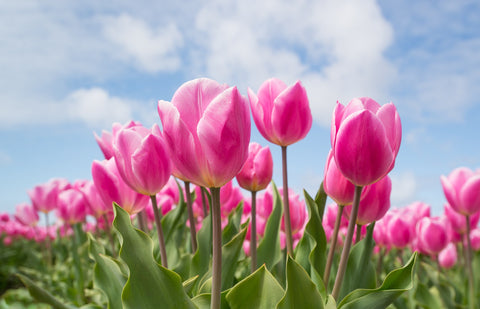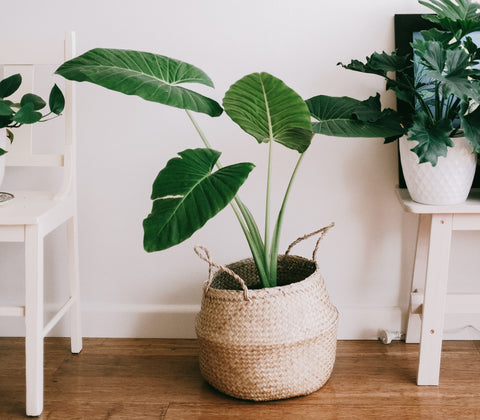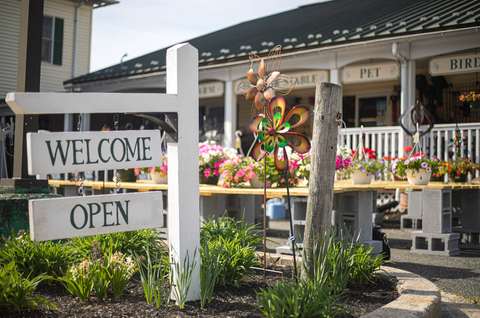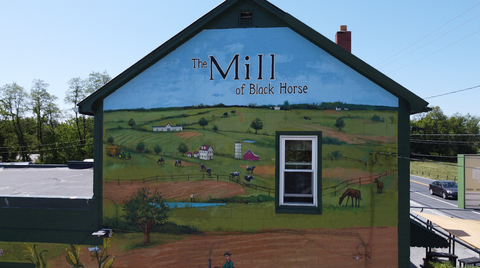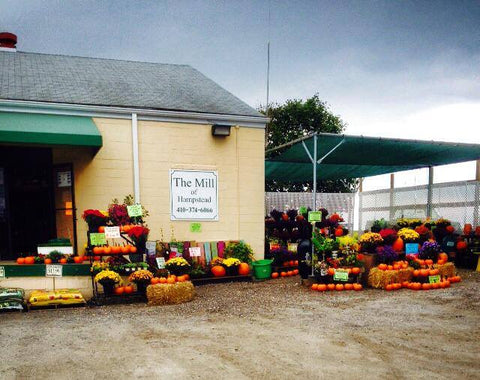Fall is the only time you should plant spring bulbs as they must be cold vernalized in order to produce a flower. Bulbs like the soil temperature to be between 40-50 degrees when planted. In Maryland this usually hits late Sept – Mid to late November. Waiting until after the first frost never hurts.
Bulbs prefer full to part sun – at least 5-6 hours, adequate drainage, and protection from squirrels.
Work up the soil and add some soil amendment to help bulb roots get a start. Layout bulbs, keeping in mind clumping or random dense scattering looks best. A rule of thumb is to dig the hole 2-3 times the diameter of the bulb in depth. Place a bulb in the hole roots down, pointy end up. If you cannot tell, place the bulb on its side and it will grow correctly.
Keep in mind that bulbs for summer blooming flowers like Cannas, Gladiolus or Elephant Ears are best planted early in the spring.
Use a bulb-tone type fertilizer as too much nitrogen can diminish blooms.
Bulbs we carry – varieties:
- Tulips – Tarda, Triumph, and Darwin
- Narcissus – Poeticus, Double, Jonquil, and Daffodil
- Lycoris
- Crocus
- Hyacinth
- Muscari – grape hyacinth
- Snow Drops – Leucojum and Galanthus
- Camassia
- The Mill also carries Paperwhites, and Amaryllis for indoor planting.

